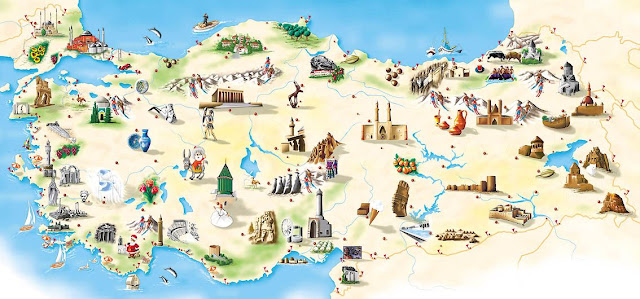| Eskişehir Map |
The name Eskişehir literally means Old City in Turkish; indeed, the city was founded by the Phrygians in around 1000 BC. Many Phrygian artifacts and sculptures can still be found in the city's archeological museum. There is also a museum of meerschaumstone, whose production remains still notable, used to make high quality meerschaumpipes. In the fourth century AD the city moved about ten km northeast, from Karacahisar to Şehirhöyük.
Whenever it was mentioned by ancient geographers, the city was described as one of the most beautiful in Anatolia.
As with many towns in Anatolia, Christianity arrived after Constantine the Great made it the official religion of the Roman Empire. Beginning in the 4th century, records exist of bishops holding office in Eskişehir. The city was known as Dorylaeum in that period. One of these bishops, Eusebius, was heavily involved in shaping the evolving dogma of the church.




